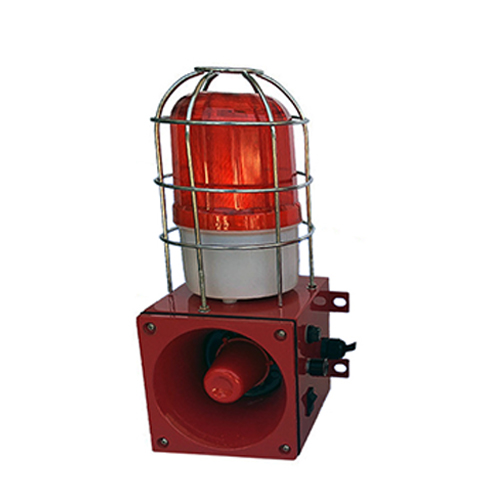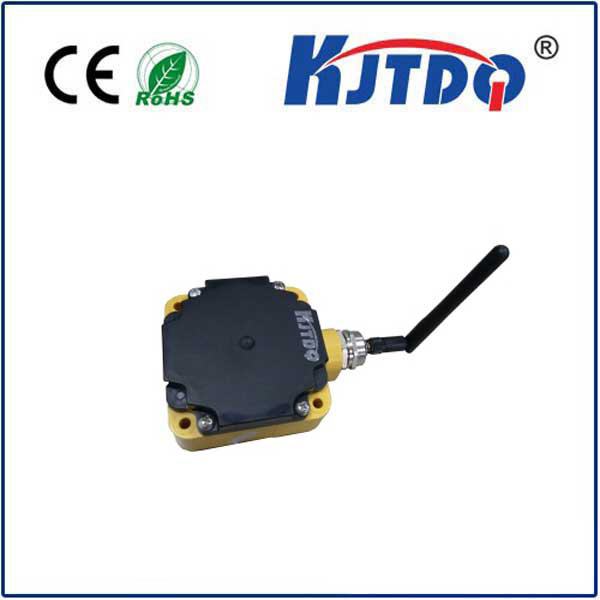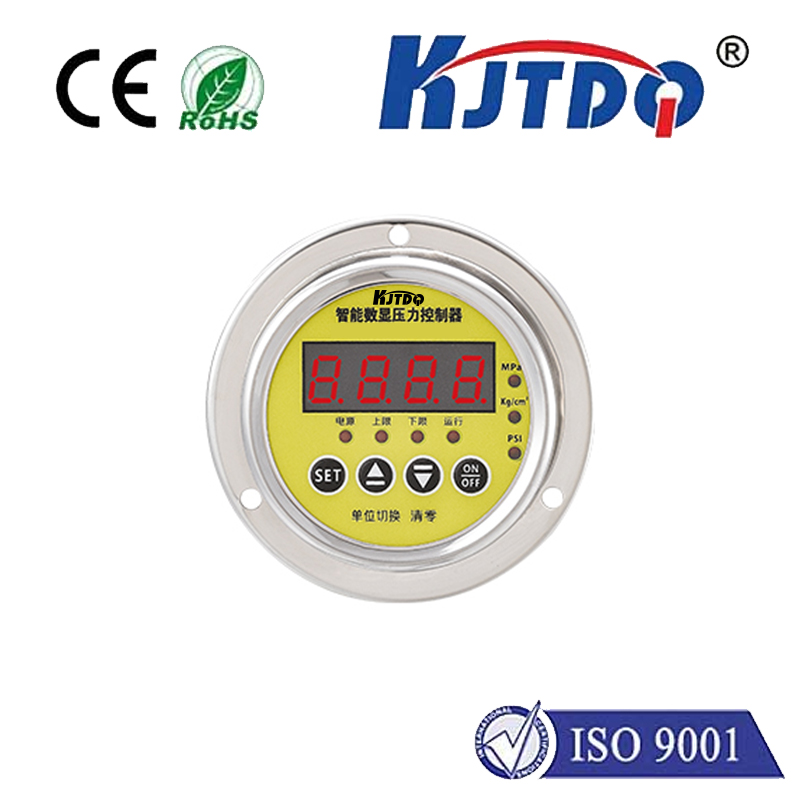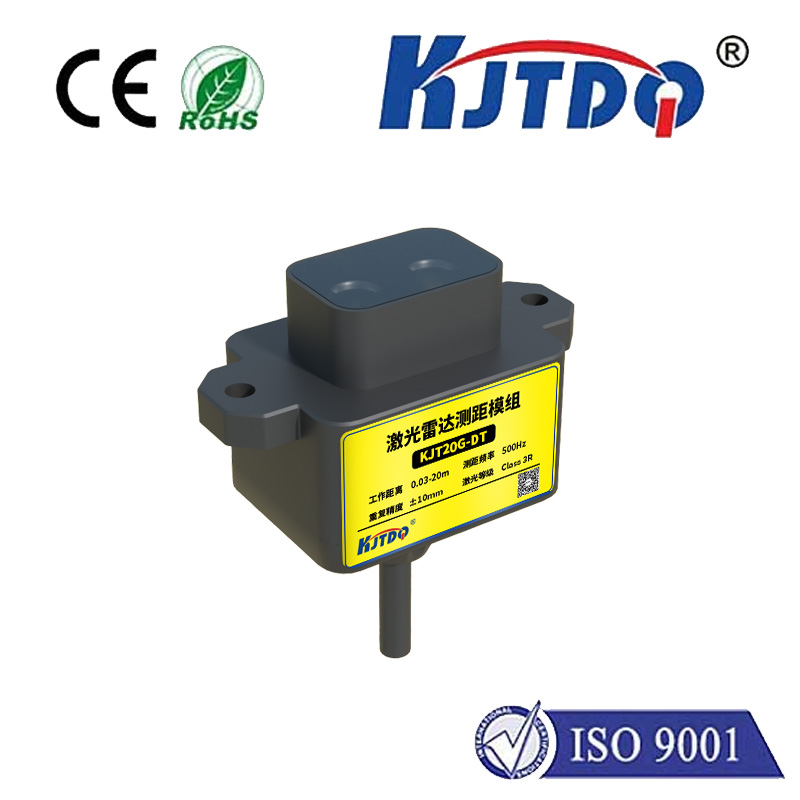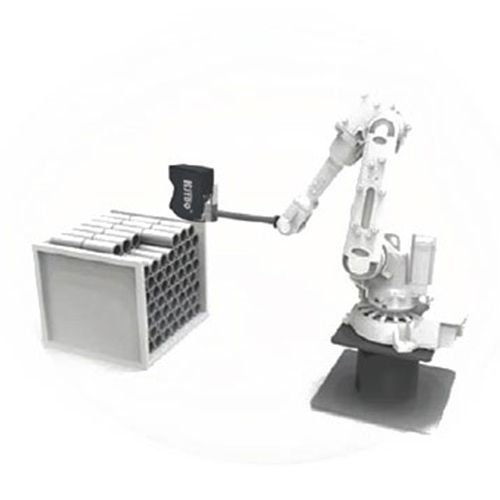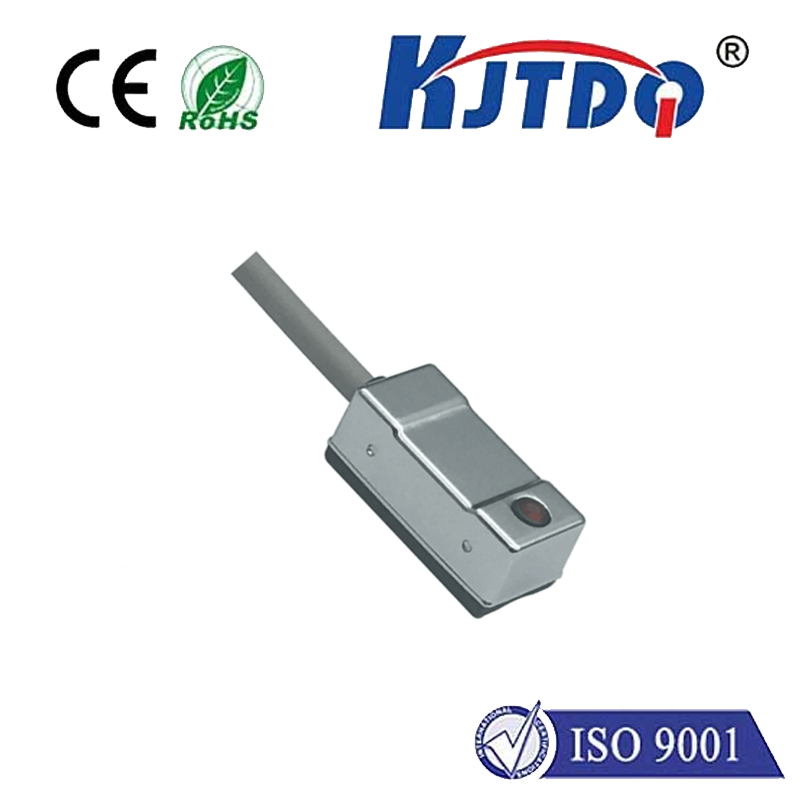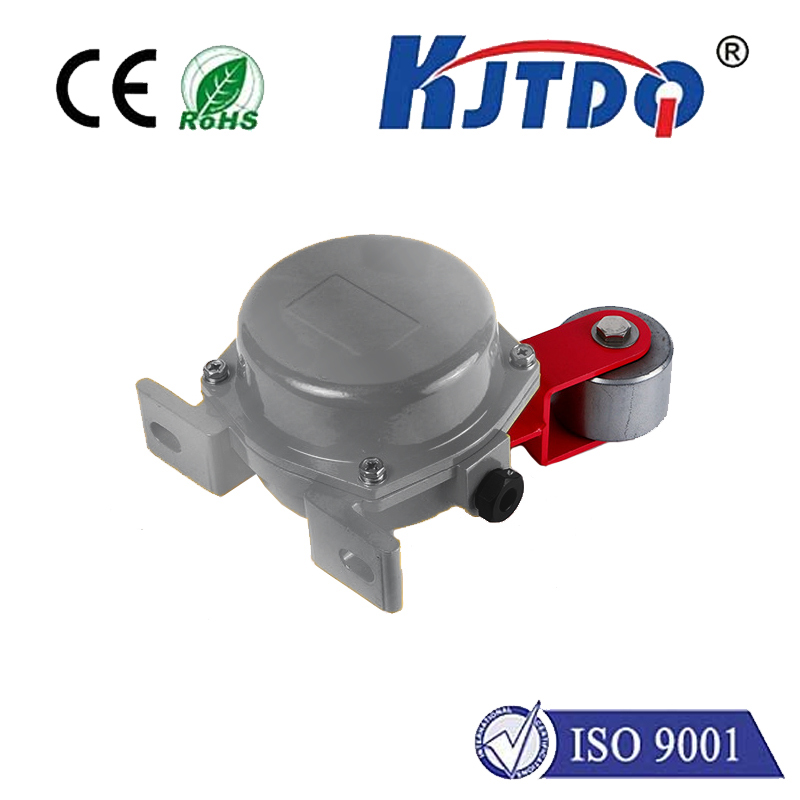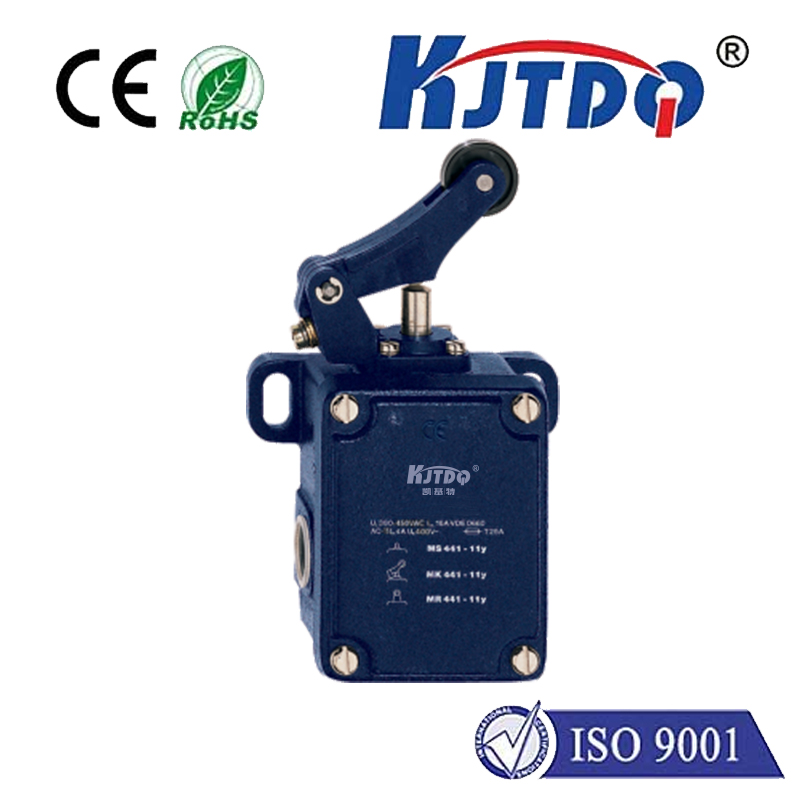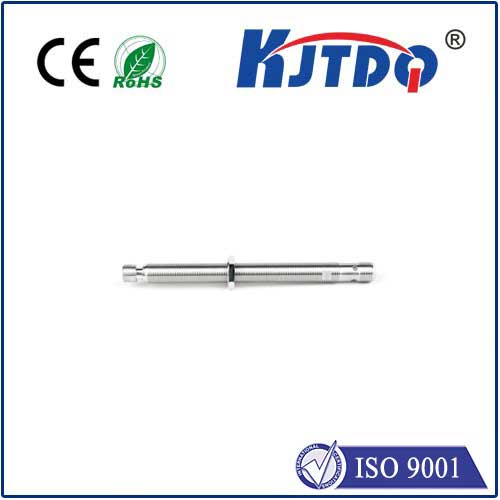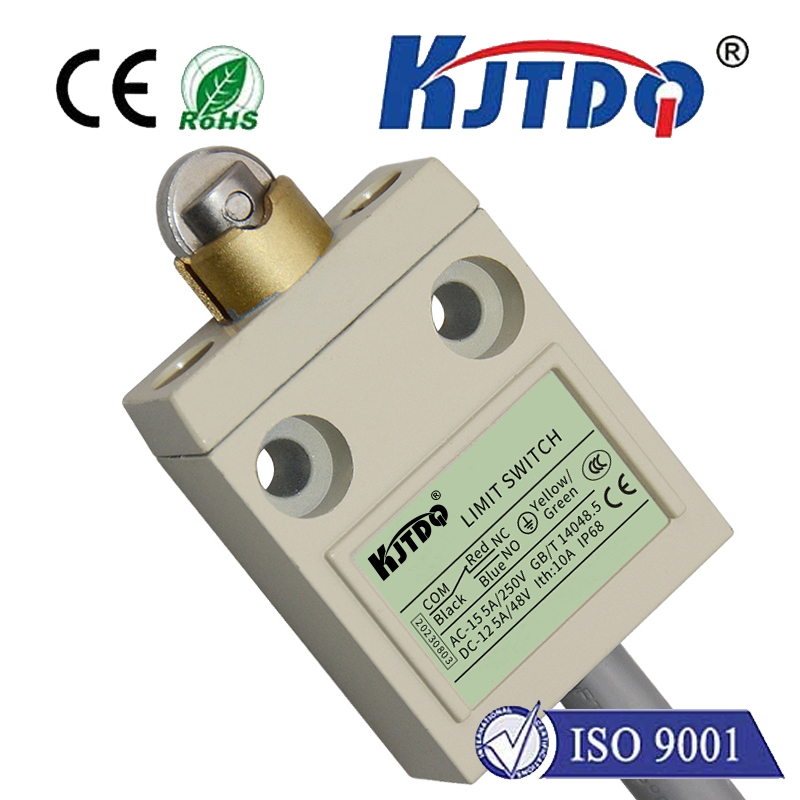

check

check

check

check

check

check

check

check

check

check

An inductive proximity switch, also known as an inductive sensor or prox switch, is a type of electronic component that detects the presence of a metal object without any physical contact. This device uses electromagnetic fields to sense when a metal object is nearby and can be used for various applications such as industrial automation, security systems, and automotive engineering. In this article, we will discuss the working principle, advantages, and applications of inductive proximity switches. The Working Principle of Inductive Proximity Switches Inductive proximity switches operate on the principle of electromagnetic induction. They consist of a coil winding wrapped around a ferrous core, which creates a magnetic field when an electric current passes through it. When a metal object approaches the switch, it disrupts the magnetic field, causing a change in the inductance of the coil. This change in inductance is detected by the electronic circuitry within the switch, which then generates an output signal indicating the presence of the metal object. Advantages of Inductive Proximity Switches One of the main advantages of inductive proximity switches is their non-contact nature, which eliminates wear and tear caused by mechanical parts rubbing against each other. This makes them ideal for use in harsh environments where other types of sensors may fail due to dust, moisture, or vibration. Additionally, inductive proximity switches have a fast response time and can detect metal objects from a distance of up to several centimeters away. They are also highly reliable and require minimal maintenance, making them cost-effective solutions for various applications. Applications of Inductive Proximity Switches Inductive proximity switches have a wide range of applications across different industries. In industrial automation, they are used to monitor the position and movement of mechanical parts, control conveyor belts, and detect product presence in packaging lines. In security systems, they are used to trigger alarms or activate locks when a metal object is detected. In automotive engineering, they are used to monitor tire pressure and engine temperature. Other applications include door sensors, elevator buttons, and medical equipment. In conclusion, inductive proximity switches are versatile and reliable components that offer numerous benefits over traditional mechanical switches. Their non-contact operation, fast response time, and durability make them suitable for use in a variety of applications ranging from industrial automation to security systems. As technology continues to advance, we can expect to see even more innovative uses for these fascinating devices.
